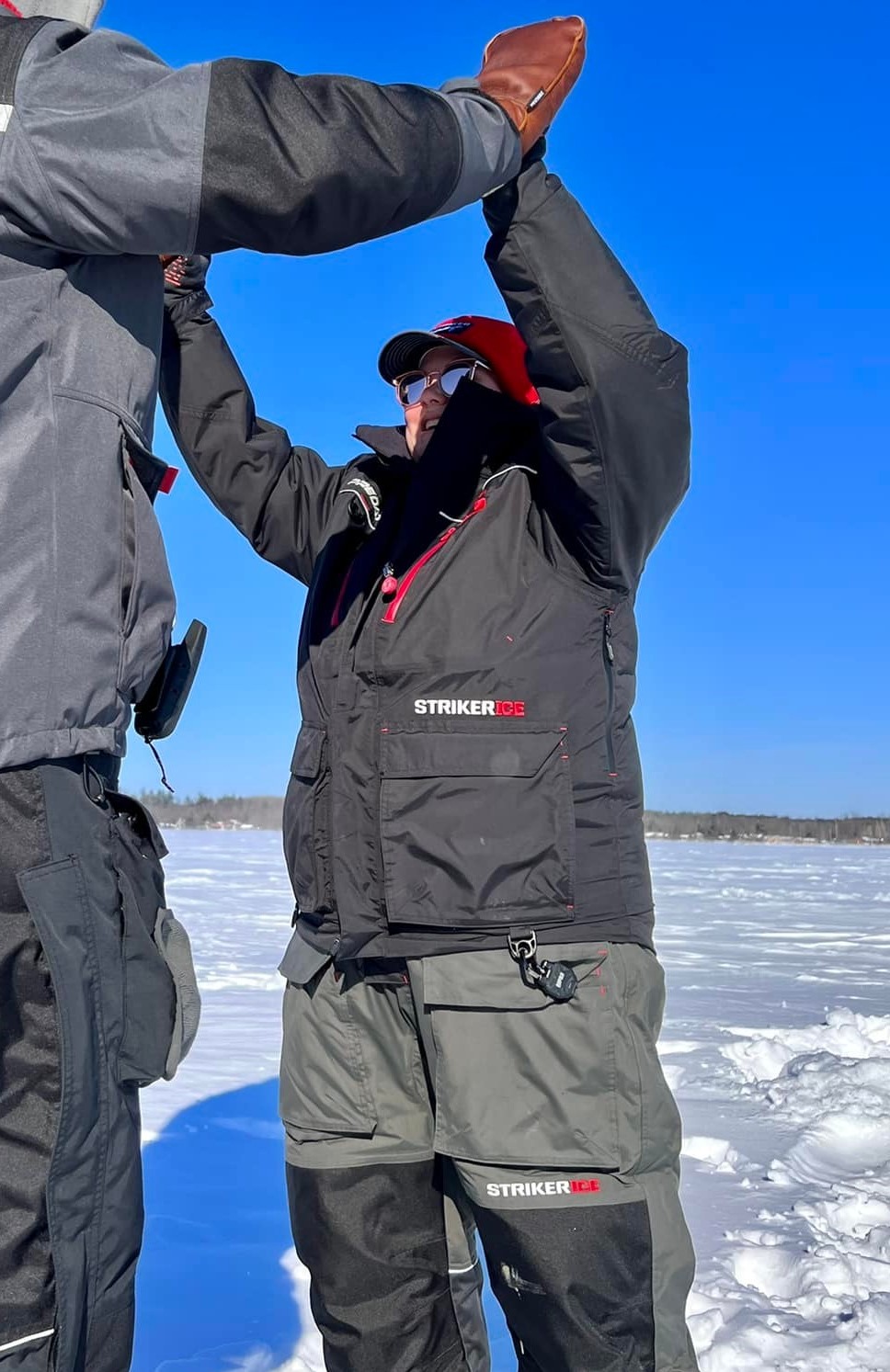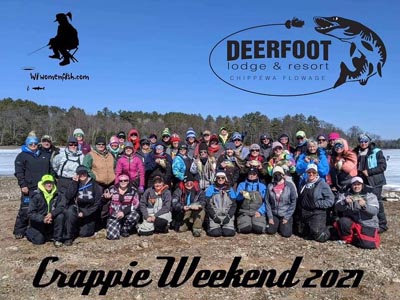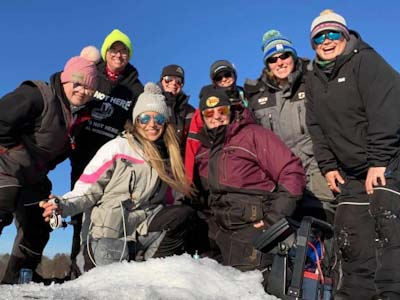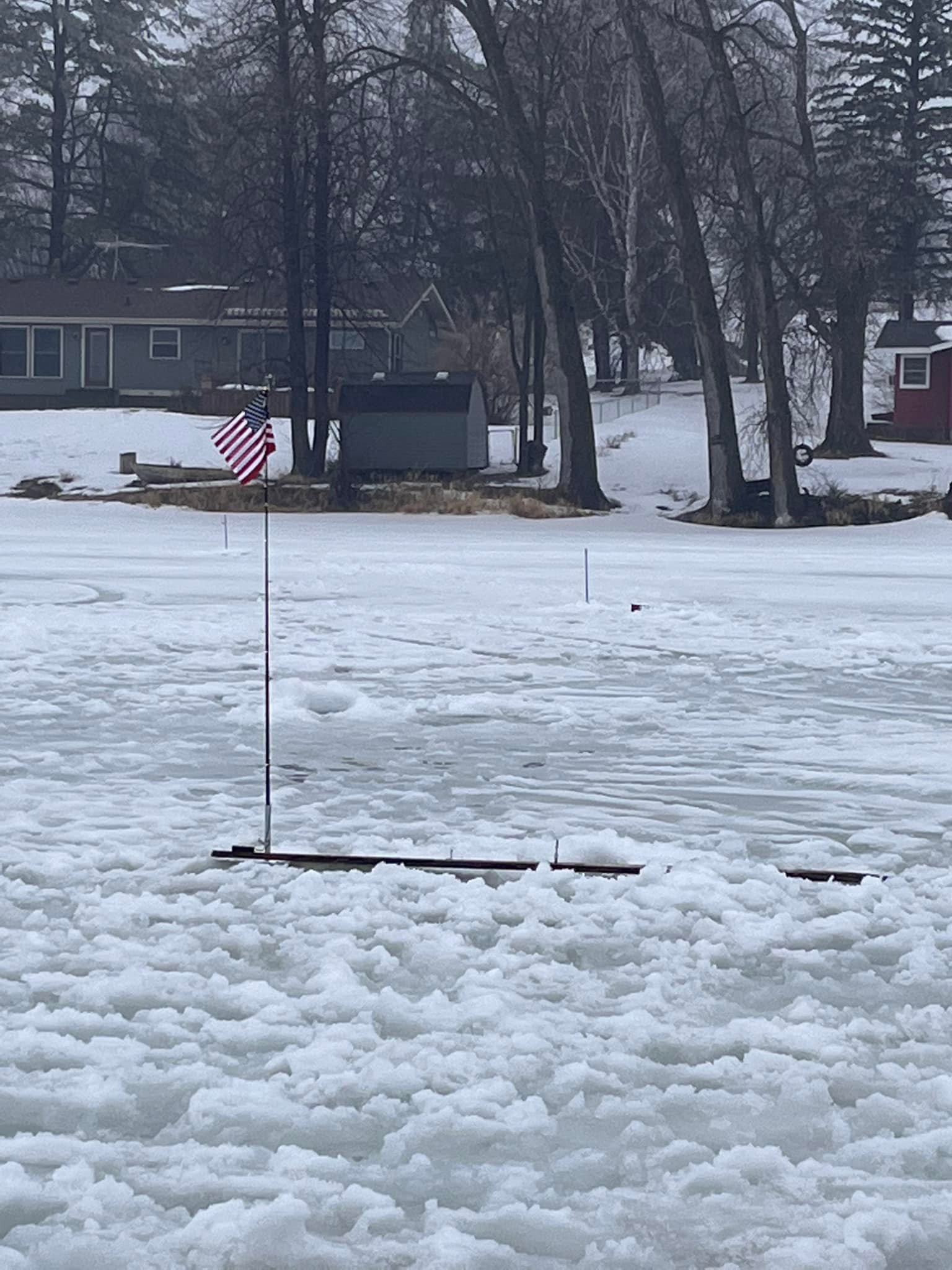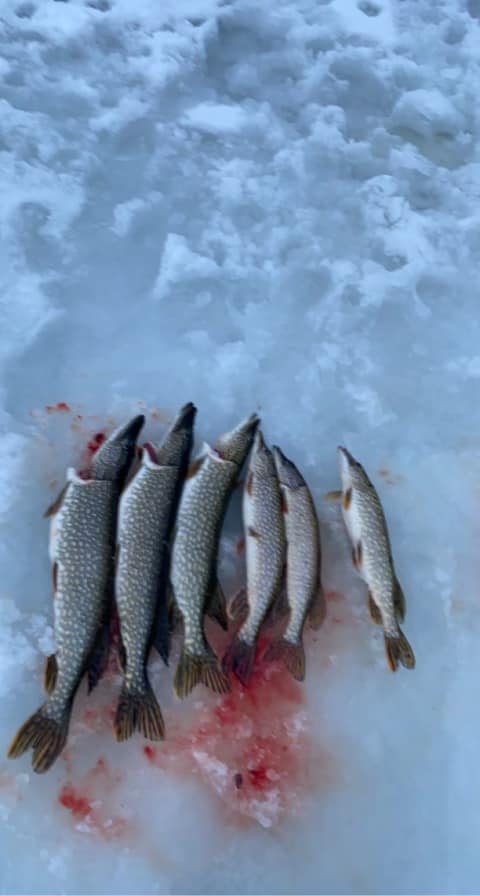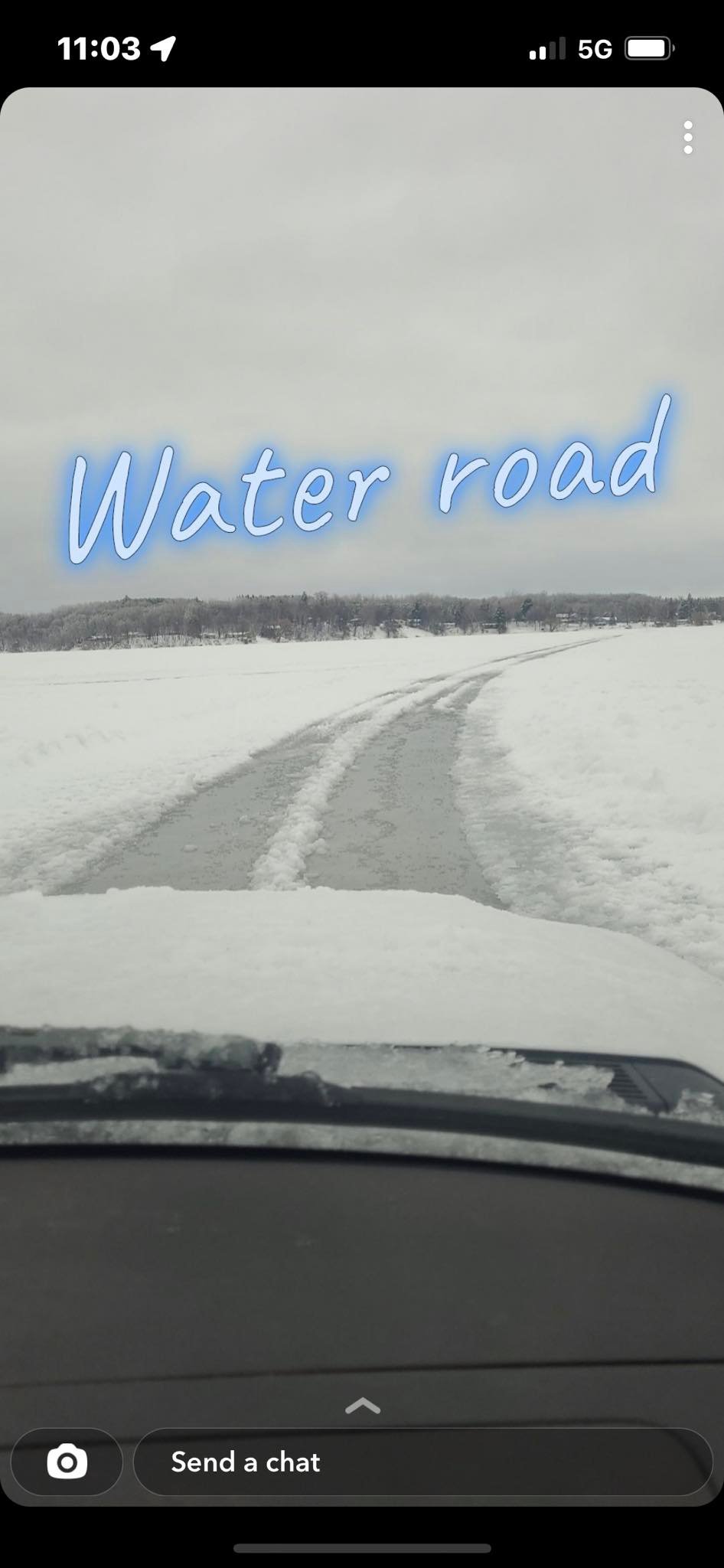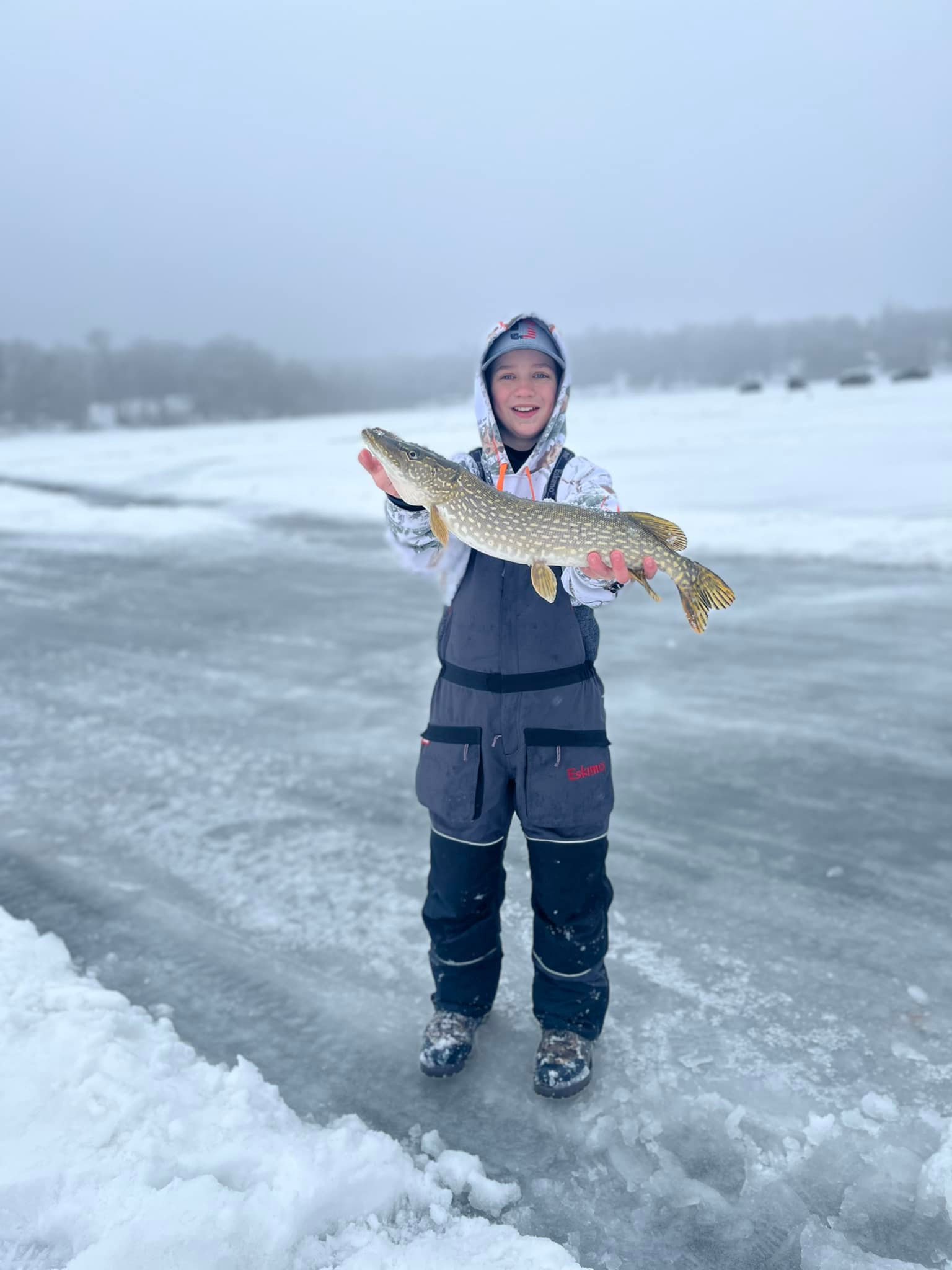11
Wisconsin DNR Outdoor Reports and News / WDNR Outdoor Report
« Last post by mudbrook on March 18, 2023, 11:47:18 AM »WDNR Outdoor Report
We're in a spring state of mind in the latest issue of Wisconsin Natural Resources magazine, now available in print and online.
This issue features a deep dig into the importance of mud, tips for planning the perfect picnic and the sweet magic behind tapping maple syrup. Those ready to enjoy the warmer weather will find suggestions for beautiful Wisconsin state parks to explore for a quiet outing, plus spring safety tips for boating and staying safe when lightning strikes.
For the little ones, this issue's Kids Corner shows how to make a rain gauge to help mini-weather forecasters monitor rainfall amounts this spring.
Spring showers bring wildflowers and native pollinators to life; learn more about growing a native wildflower garden to help our small but mighty pollinators. Spring weather also sparks mating season for many wild animals, including wild turkeys. Read about how the wild turkey recovery effort led to our thriving population in Wisconsin, where they're now scratching in the forests and strutting through suburbs.
Find these stories and so much more in the Spring issue of Wisconsin Natural Resources magazine.
Subscribe now to receive four issues of the Wisconsin Natural Resources print edition for $8.97. Call 1-800-678-9472 or sign up online at www.wnrmag.com.
Help Monitor Frogs And Toads
We're calling out for help to document frog and toad breeding calls throughout the state this spring and summer with the Wisconsin Frog and Toad Survey.
The Wisconsin Frog and Toad Survey was formally launched in 1984 amid concerns about declining populations of several species of frogs. Since then, citizen scientists have helped DNR conservation biologists better define the distribution, status and population trends of all 12 frog and toad species in Wisconsin.
Volunteers can participate in three ways:
Traditional Wisconsin Frog and Toad Survey – This option requires volunteers to drive along a pre-set route for three nights of survey effort, once each in early spring, late spring and early summer. Volunteers make 10 stops per night, listening for five minutes at each site, documenting the species heard calling and the relative abundance of each species. See available 2023 survey routes and learn how to volunteer for this survey.
Mink Frog Survey – Mink frogs are only found in northern Wisconsin and often call in the daytime. In June and July, volunteers are recruited to listen in the Northwoods, once during the day and once at night, along routes targeting ideal mink frog breeding habitat. Learn more about the survey and how to volunteer on the Mink Frog Survey webpage.
Phenology Survey – Volunteers for this survey help monitor when frogs and toads first start calling each spring. Phenology volunteers choose one wetland to monitor throughout the frog calling season and record data as often as possible for five minutes per night. Learn more about the survey and how to volunteer on the Phenology Survey webpage.
Dates for each survey vary, and some are dependent on the changing seasons. Volunteers will receive more details on timing after contacting the survey teams.
Wisconsin Frog and Toad Survey volunteers started collecting data in 1984, collectively spending more than 10,500 nights surveying 103,400 sites.
Volunteers are currently documenting the highest levels of American bullfrogs and Blanchard's cricket frogs since the survey began, an encouraging sign that proactive conservation measures for these two species are likely paying off. Volunteers are also contributing substantial knowledge into the unique calling patterns and distribution of mink frogs throughout the Northwoods.
Visit the DNR’s amphibians and reptiles webpage for more opportunities to get involved.
Property Owners: Check Trees For Spongy Moth Eggs
Spring is right around the corner, we hope! That means it’s time to prepare for the return of spongy moth caterpillars in mid-to-late April.
Help reduce pest populations before the eggs hatch by using a horticultural oil to treat egg masses within reach or scraping them into a bucket of soapy water and then discarding them in the trash a few days later. Spongy moth egg masses like the one shown here are found on trees, buildings and other outdoor objects and may be inside protected places such as firewood piles and birdhouses. One egg mass can contain over 600 eggs.
A professional application of egg mass oil or insecticide is likely needed to treat high populations on larger trees. Insecticides are usually applied when caterpillars are small. Arranging for treatments ahead of time is suggested. Visit our website for more information about controlling this pest.
https://mail.google.com/mail/u/0/?shva=1#inbox/FMfcgzGslbKpnxngzvWTvngdsXZtrQbf
We're in a spring state of mind in the latest issue of Wisconsin Natural Resources magazine, now available in print and online.
This issue features a deep dig into the importance of mud, tips for planning the perfect picnic and the sweet magic behind tapping maple syrup. Those ready to enjoy the warmer weather will find suggestions for beautiful Wisconsin state parks to explore for a quiet outing, plus spring safety tips for boating and staying safe when lightning strikes.
For the little ones, this issue's Kids Corner shows how to make a rain gauge to help mini-weather forecasters monitor rainfall amounts this spring.
Spring showers bring wildflowers and native pollinators to life; learn more about growing a native wildflower garden to help our small but mighty pollinators. Spring weather also sparks mating season for many wild animals, including wild turkeys. Read about how the wild turkey recovery effort led to our thriving population in Wisconsin, where they're now scratching in the forests and strutting through suburbs.
Find these stories and so much more in the Spring issue of Wisconsin Natural Resources magazine.
Subscribe now to receive four issues of the Wisconsin Natural Resources print edition for $8.97. Call 1-800-678-9472 or sign up online at www.wnrmag.com.
Help Monitor Frogs And Toads
We're calling out for help to document frog and toad breeding calls throughout the state this spring and summer with the Wisconsin Frog and Toad Survey.
The Wisconsin Frog and Toad Survey was formally launched in 1984 amid concerns about declining populations of several species of frogs. Since then, citizen scientists have helped DNR conservation biologists better define the distribution, status and population trends of all 12 frog and toad species in Wisconsin.
Volunteers can participate in three ways:
Traditional Wisconsin Frog and Toad Survey – This option requires volunteers to drive along a pre-set route for three nights of survey effort, once each in early spring, late spring and early summer. Volunteers make 10 stops per night, listening for five minutes at each site, documenting the species heard calling and the relative abundance of each species. See available 2023 survey routes and learn how to volunteer for this survey.
Mink Frog Survey – Mink frogs are only found in northern Wisconsin and often call in the daytime. In June and July, volunteers are recruited to listen in the Northwoods, once during the day and once at night, along routes targeting ideal mink frog breeding habitat. Learn more about the survey and how to volunteer on the Mink Frog Survey webpage.
Phenology Survey – Volunteers for this survey help monitor when frogs and toads first start calling each spring. Phenology volunteers choose one wetland to monitor throughout the frog calling season and record data as often as possible for five minutes per night. Learn more about the survey and how to volunteer on the Phenology Survey webpage.
Dates for each survey vary, and some are dependent on the changing seasons. Volunteers will receive more details on timing after contacting the survey teams.
Wisconsin Frog and Toad Survey volunteers started collecting data in 1984, collectively spending more than 10,500 nights surveying 103,400 sites.
Volunteers are currently documenting the highest levels of American bullfrogs and Blanchard's cricket frogs since the survey began, an encouraging sign that proactive conservation measures for these two species are likely paying off. Volunteers are also contributing substantial knowledge into the unique calling patterns and distribution of mink frogs throughout the Northwoods.
Visit the DNR’s amphibians and reptiles webpage for more opportunities to get involved.
Property Owners: Check Trees For Spongy Moth Eggs
Spring is right around the corner, we hope! That means it’s time to prepare for the return of spongy moth caterpillars in mid-to-late April.
Help reduce pest populations before the eggs hatch by using a horticultural oil to treat egg masses within reach or scraping them into a bucket of soapy water and then discarding them in the trash a few days later. Spongy moth egg masses like the one shown here are found on trees, buildings and other outdoor objects and may be inside protected places such as firewood piles and birdhouses. One egg mass can contain over 600 eggs.
A professional application of egg mass oil or insecticide is likely needed to treat high populations on larger trees. Insecticides are usually applied when caterpillars are small. Arranging for treatments ahead of time is suggested. Visit our website for more information about controlling this pest.
https://mail.google.com/mail/u/0/?shva=1#inbox/FMfcgzGslbKpnxngzvWTvngdsXZtrQbf

 Recent Posts
Recent Posts